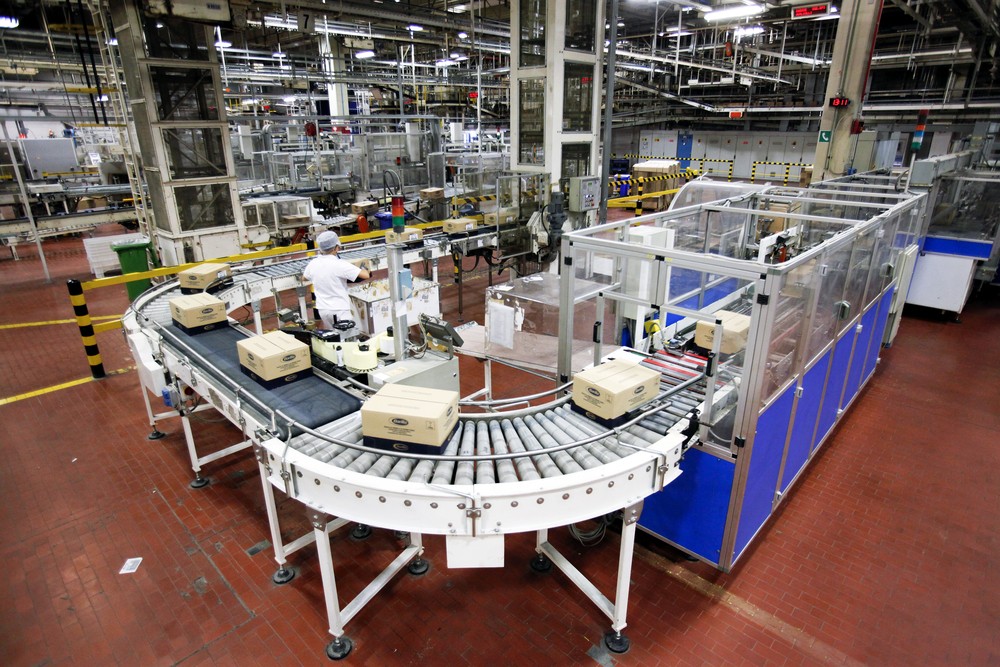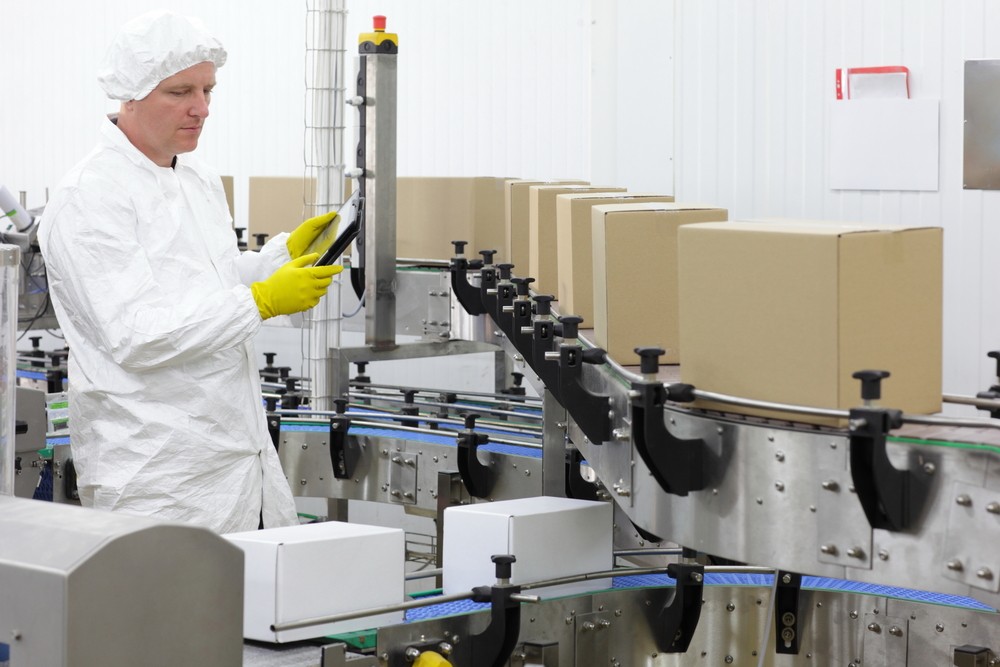Five Signs It’s Time To Drop a Product Line

Your company’s been making Widgets for years. It’s not your core business, but the factory continues to fill Widget orders because — well, because it can. But as the old saying goes, just because you can doesn’t mean you should. Pruning Widgets from your production scope can consolidate your production efforts and refocus your business elsewhere — especially if Widget production is far removed from your core capabilities.
The longer you’ve had a product line, the more difficult it is to decide to leave it behind. Should you let it go? And how do you know for sure? If you’re contemplating such a change, these five signs should reinforce the decision to divest and reinvest your resources in more lucrative directions.
It’s no longer — or barely — profitable
It’s not lucrative to continue production of an unprofitable product — unless it is specifically a loss leader. Reevaluate production costs for each of your product lines on a regular basis. For products that produce little to no profit, shift focus to increase margins elsewhere. For significant long-term savings, consider cutting unprofitable product lines.

Competition is a race to the bottom
If another company produces Widgets of the same quality at a lower cost, avoid the competition. Competing on price is futile when your production costs are higher. All else being equal, if your product is distinctive through marketing alone, you’ll pay even more to “win” an ultimately unprofitable competition. And lowering prices to compete will only decrease your margins. It’s smarter to invest time, energy, and money on product lines that maximize profits.
Opportunity costs detract from core business
Use vital manufacturing equipment on your most profitable products. Using valuable equipment to manufacture low-demand products is an exercise in losing money. Recognize opportunity costs to utilize vital machinery and labor more efficiently. Instead of juggling multiple production runs on low- to no-demand products, focus on those in high demand to maximize your manufacturing capabilities.
Demand is waning or shifting elsewhere
Stay aware of current demand. Demand for certain products can shift drastically in a short period of time. Take a hard look at each product your company makes, and determine whether demand is waning. If so, shift focus to a product your consumers want or need, and consider reducing production on those with less demand. Understand the capabilities of your value stream, and embrace the ebb and flow that balance production with demand.

A better opportunity
Companies with the ability to shift production toward more in-demand products are smart to consider it. Be aware of all opportunities and stay focused on those that will bring in the highest profit. It’s easy to keep doing the same old thing, but trying something new can do wonders for your margins.
Take care to consider new opportunities carefully, and do what’s best for the company — even if that means refocusing efforts in an entirely new direction. Don’t stick with a production line because it’s what you’ve always done. Adapt to consumer demands and adjust your product lines for maximum profits and production efficiency.